The Household Vacuum Cleaner Market is currently characterized by a dynamic competitive landscape, driven by innovation, sustainability, and technological advancements. Major players such as Dyson (GB), Shark (US), and iRobot (US) are at the forefront, each adopting distinct strategies to enhance their market positioning. Dyson (GB) continues to emphasize its commitment to cutting-edge technology and design, focusing on cordless and bagless models that appeal to environmentally conscious consumers. Shark (US), on the other hand, has carved a niche by offering versatile and affordable options, often integrating advanced features like self-cleaning brushes. iRobot (US) is leveraging its expertise in robotics to expand its portfolio of robotic vacuum cleaners, positioning itself as a leader in smart home technology. Collectively, these strategies contribute to a competitive environment that prioritizes innovation and consumer-centric solutions.
In terms of business tactics, companies are increasingly localizing manufacturing and optimizing supply chains to enhance efficiency and reduce costs. The market structure appears moderately fragmented, with several key players holding substantial market shares while also facing competition from emerging brands. This fragmentation allows for diverse consumer choices but also necessitates that established companies continuously innovate to maintain their competitive edge.
In August 2025, Dyson (GB) announced the launch of its latest cordless vacuum model, which features advanced filtration technology aimed at capturing 99.99% of particles, including allergens. This strategic move not only reinforces Dyson's commitment to health and cleanliness but also positions the brand favorably in a market increasingly focused on air quality and hygiene. The introduction of this model is likely to attract health-conscious consumers and strengthen Dyson's market share.
In September 2025, Shark (US) unveiled a new line of vacuum cleaners that incorporate AI technology to optimize cleaning patterns based on room layouts. This innovation reflects Shark's strategy to enhance user experience through smart technology, potentially increasing customer loyalty and expanding its consumer base. By integrating AI, Shark is not only improving the functionality of its products but also aligning with the growing trend of smart home integration.
In October 2025, iRobot (US) announced a partnership with a leading home automation platform to enhance the connectivity of its robotic vacuum cleaners. This collaboration aims to provide users with seamless integration of their cleaning devices into broader smart home ecosystems. Such strategic alliances are indicative of a trend where companies are increasingly focusing on interoperability and user convenience, which could redefine consumer expectations in the vacuum cleaner market.
As of October 2025, the competitive trends in the Household Vacuum Cleaner Market are heavily influenced by digitalization, sustainability, and the integration of artificial intelligence. Companies are forming strategic alliances to enhance product offerings and improve customer experiences. Looking ahead, it appears that competitive differentiation will increasingly hinge on innovation and technology rather than price alone. The emphasis on supply chain reliability and sustainable practices is likely to shape future market dynamics, compelling companies to adapt and evolve in response to changing consumer preferences.


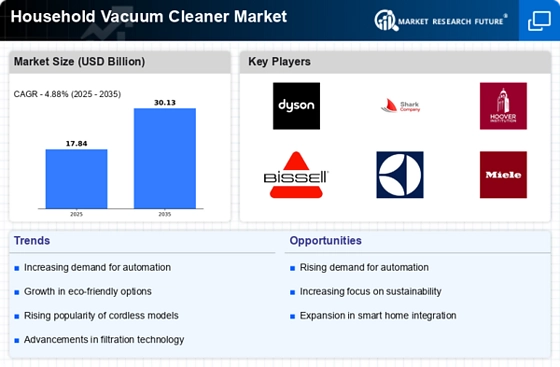
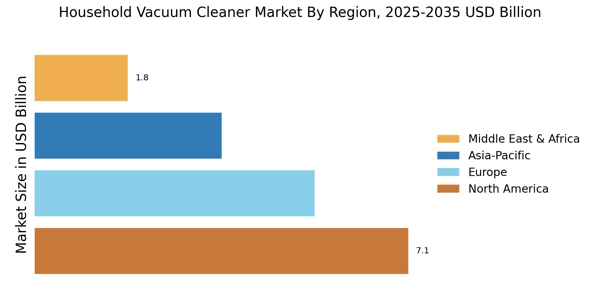
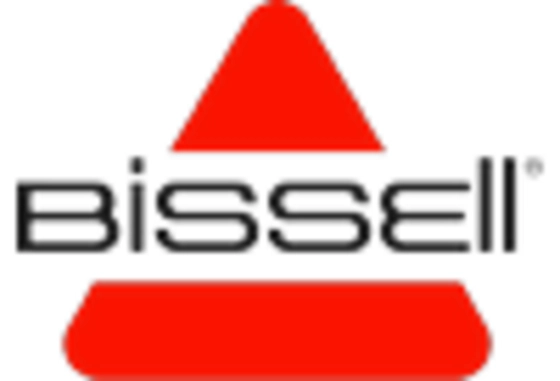

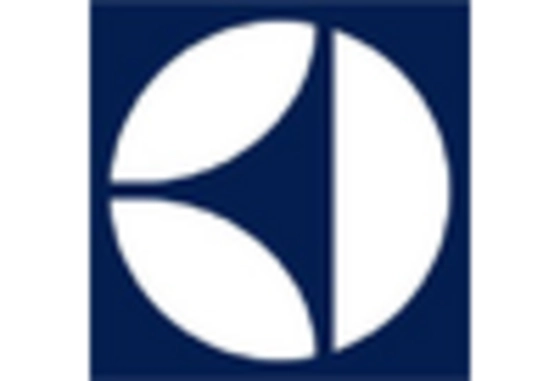

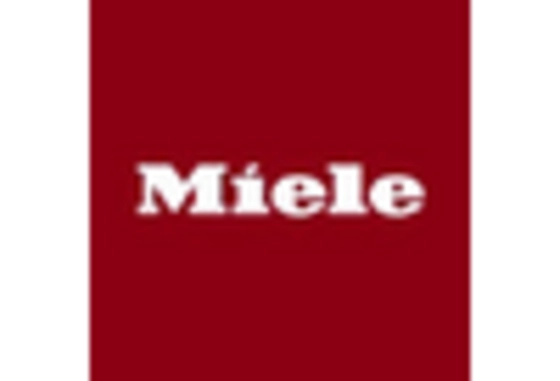









Leave a Comment